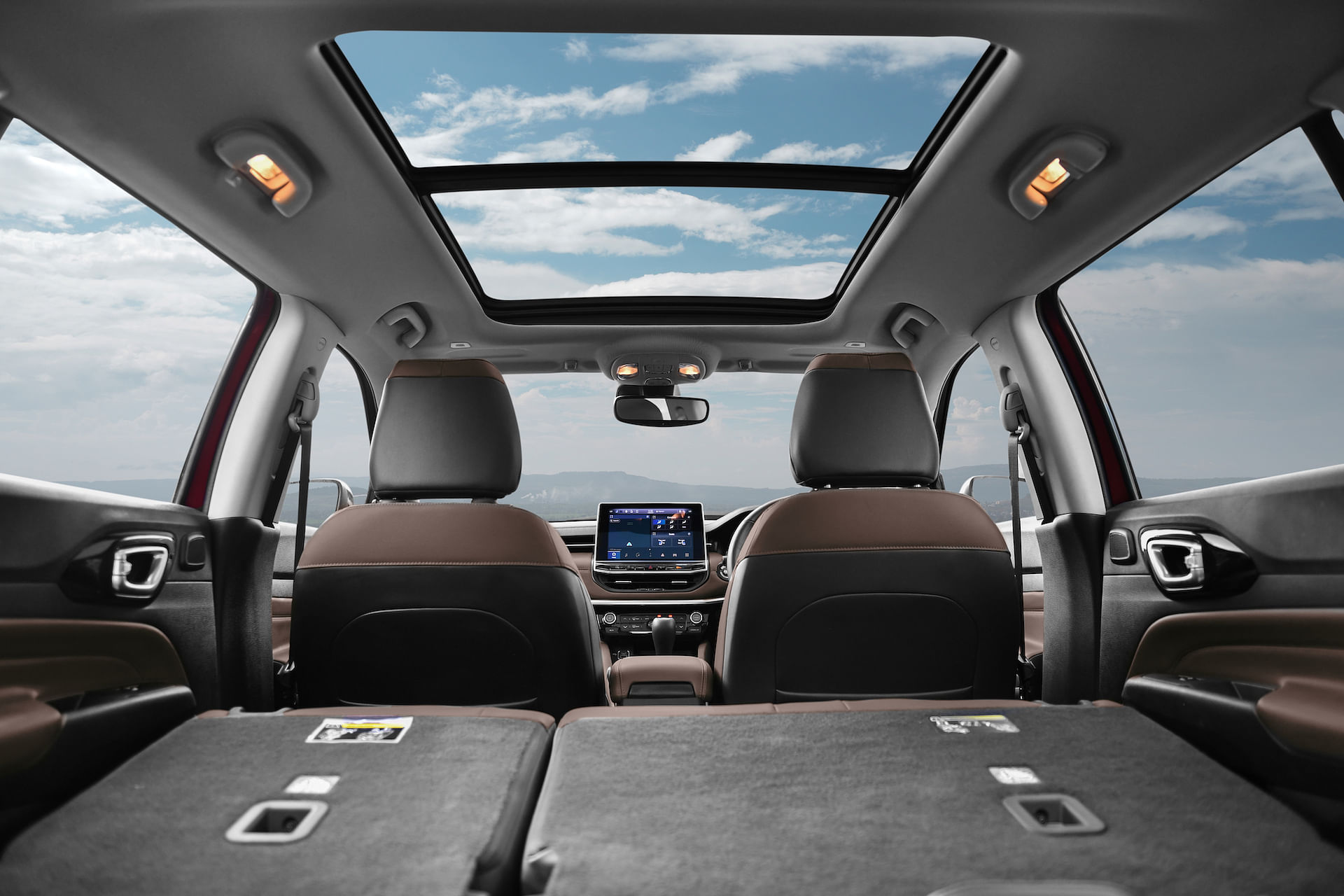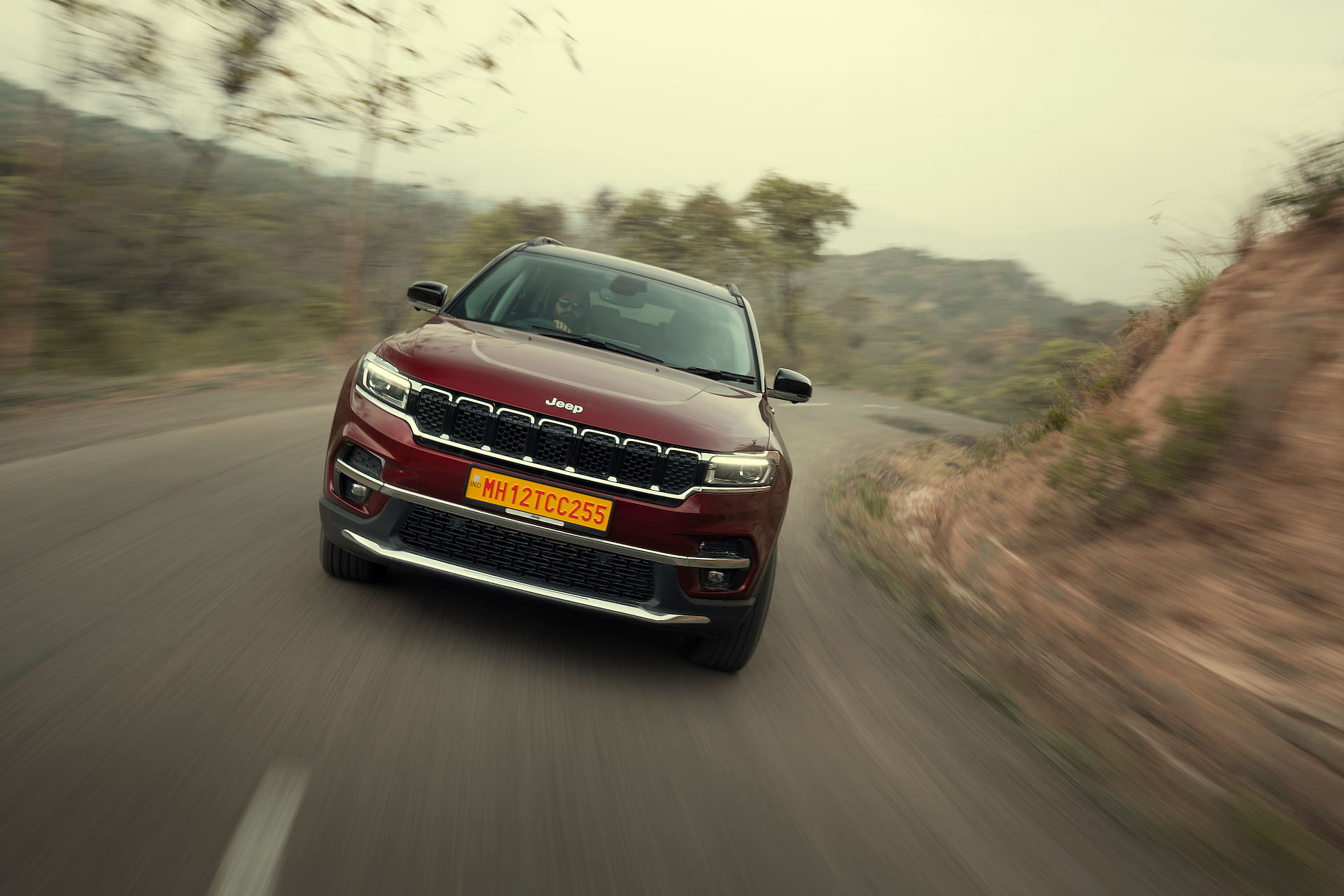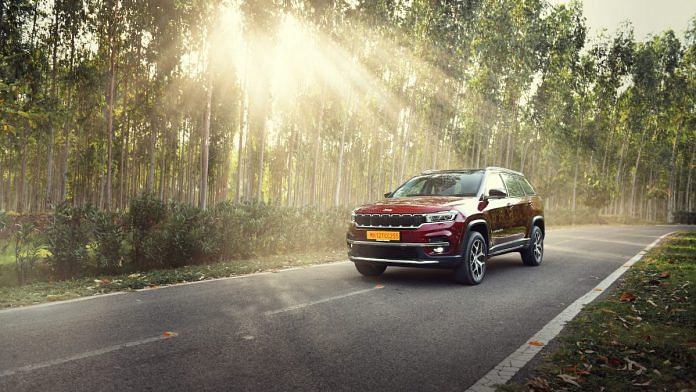In the past week, I have driven the refreshed Maruti Suzuki XL6 and the upcoming Jeep Meridian. They are vehicles from quite different segments of the market and have little in common mechanically, but both highlight an interesting trend in the Indian automotive market — a proliferation of ‘three-row’ vehicles, or ‘seven-seaters’, as they call it. In the past twelve months, we have also seen the new Kia Carens, built by the Korean carmaker to compete with Maruti Suzuki’s Ertiga and XL6 and the Hyundai Alcazar, which pits itself against the MG Hector+, Tata Safari and Mahindra XUV700, all of which are relatively recent additions to the market.
What’s even more surprising is that with the exception of the Suzuki models that are also sold in other, countries like Indonesia — in fact, the name ‘Ertiga’ is the Bahasa for ‘three row’ — these vehicles are all unique to the Indian market. Of course, it is not as if carmakers haven’t developed vehicles specifically for the Indian market in the past. Following Tata Motors’ lead with the Indigo CS (Compact Sedan), several others tried their hand at making cars that were below 4 meters in length to take advantage of a unique tax loophole in the Indian market that gives a concession to shorter cars. The success in this segment is exemplified by the Maruti Suzuki Dzire, whose success is evident to anyone who looks at Indian roads today by virtue of being one of the best-selling cars in India between 2016 and 2020.
A surge in ‘three-row’ vehicles
But what has suddenly attracted carmakers to a segment where Toyota Innova and later the Ertiga and XUV500 existed for years. “Families want to travel together,” says Maruti Suzuki’s executive director, Engineering, C.V Raman, “You see that with families who have motorcycles as well, and when you have an extended family, you would want everyone to travel together. Taking multiple vehicles to the same destination makes no sense whatsoever.”

This logic might make sense for the Carens, Ertiga and XL6 but there is a little secret about most of these vehicles. Truth be told, the third row is not very comfortable at all if you’re anything above 5-foot 6-inches. The new Jeep Meridian, for example, has a wheelbase (that is the distance between the axles) of almost 2.9 meters. It is a big car. But when the middle row seats are put down, and if you are not an accomplished practitioner of yoga, you will feel crushed — your thighs pressing into your abdomen. I am 5-foot 11-inches and weigh 83 kilograms, not exactly a big person but not a small one either, and honestly, I could not imagine spending any amount of time in the third row. And this is on a ‘big, three-row’ car. It is the same story with Hyundai Alcazar and Kia Carens.
So who exactly is the third row for?
Also Read: When you sit in a Maybach, you don’t just enter a car. It’s a ride into a hallowed history
The reason for its existence
Well, one answer is the school carpool, especially for kids in junior and middle school. Most of these new ‘three-row’ cars are offering third-row air-conditioning and also multiple USB-charging points for smartphones and other gadgets. That said, with all three rows up, there isn’t what you would call a lot of ‘luggage space’ in any of these cars. Even on the Toyota Fortuner and Innova — the ‘big daddies’ of the ‘three-row’ segment, with all of them up, one should hope that school-bag ‘inflation’ is a thing of the past. If you want to go on a long holiday with multiple family members in one vehicle, you should hope that the vehicle has functional, load-bearing roof rails, which many of these cars don’t offer because of another fascination of Indian consumers — sunroofs.
Nipun J. Mahajan, who heads the Jeep brand in India, answered the question about why Jeep created the Meridian for India: “The fact is, we feel our customers are adventure-loving and like travelling and they want more luggage space. Some even want to travel with their dog for example. If you want to carry picnic baskets, golf clubs or even three-four large suitcases you want more luggage space.” And that is something all these vehicles offer but with the third row down.

You can carry a lot of stuff, even the proverbial ‘kitchen sink’. Thanks to the low-range 4×4 system, a vehicle like the Meridian can pretty much go anywhere as I experienced in Chandigarh recently. It can carry people in comfort on slopes as steep as 30-degrees so that they can find that fishing hole that nobody else can, along with their camping gear. It’s a niche segment for sure. But one that could potentially appeal to many people because even a niche segment in India has a pretty significant volume of buyers.
This is an interesting point because in India we have not had vehicles for the ‘school drop carpool’ or the typical American or European Estate. Kia Carnival and Toyota Vellfire are the only ‘true’ Multi-Person Vehicles (MPVs) in India. These ‘three-row’ vehicles are essentially estate versions of Sports Utility Vehicles. While they might be sold as ‘three-row’ cars today, it is only a matter of time before manufacturers drop that pretence and sell them as two-row vehicles with extra luggage space.
@kushanmitra is an automotive journalist based in New Delhi. Views are personal.
(Edited by Srinjoy Dey)






